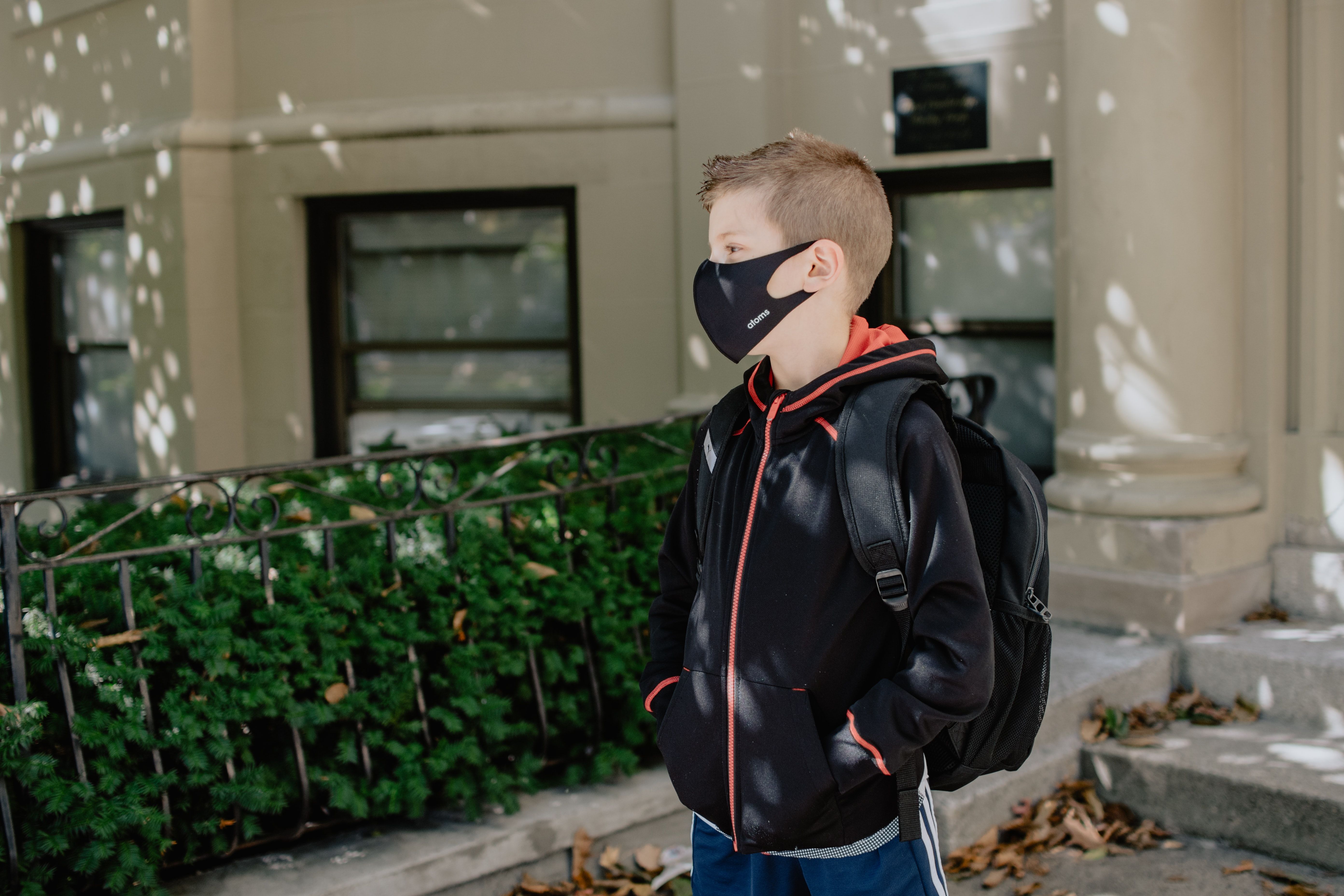Back to School With the Delta Variant
As school districts nationwide begin the fall semester in person, questions about keeping children and staff safe as the delta variant romps across the country consume parents, pediatricians, and administrators.

Backpacks are stuffed, lunch boxes are full, and homework is back on the menu. But Covid-19 cases are not letting up, especially in the young. The American Academy of Pediatrics published a report stating that 204,000 new cases were diagnosed during the week ending August 26, marking a five-fold increase from the week ending July 22.
While children have represented 14.8% of Covid-19 cases overall since the pandemic’s start, they represented 22.4% of cases during the week ending August 26. Doctors are reporting an increase in hospitalized children along with the rise in case numbers, largely due to the Delta variant.
The good news is that it is entirely possible to reduce the chance of transmission in schools, said Jason Newland, MD, MEd, a professor of pediatrics specializing in infectious diseases at Washington University School of Medicine in St. Louis and member of the Infectious Disease Society of America (IDSA), which held a press briefing to address schools and the delta surge. “We have learned how to do school safely, and that’s with these mitigation layered strategies that include masking, distancing, staying home when you’re sick, which I think goes underappreciated—mild symptoms could mean Covid-19—and [then] vaccination,” he said. “[W]e can have adults vaccinated, and a lot of our teenagers vaccinated, to make sure that the schools are even safer.” According to Newland, data shows that when eligible teens and adults are vaccinated, unvaccinated children experience a subsequent decrease in infection levels.
The problem is that COVID-19 mitigation strategies such as masking and vaccination are fraught politically and emotionally, said Noelle Ellerson Ng, associate executive director, policy and advocacy for AASA, the School Superintendents Association, in Alexandria, VA. Masking is a simple way to cut down on disease transmission, but often there is pressure not to mandate it. Yet it’s parents, not children, who typically have a problem with mask wearing and who fight against it. “The kids are going to be alright [wearing masks],” she said. “I honestly think a lot of times we say we’re raising future leaders—let’s follow their lead.”
Despite much debate about which types of masks are best, Newland advocated for simplicity and uniformity: Whether children wear N95s, KN95, surgical masks, or cloth masks, he said, the key is for everybody to wear them and do so correctly. “If you don’t do a mask mandate, you’re going to have a lot of people out of school because they’re going to be quarantined, they’re going to be out because they’re sick,” he stated.
Asked why rapid antigen testing was not an integral part of more schools’ reopening plans, both experts mentioned the benefits and limitations of testing in schools. “What we learned last year with many publications that were done around the country, including North Carolina, Wisconsin, Missouri, [and] Utah, was that doing the mitigation strategies of masking, distancing, washing your hands, [as well as] making sure that you’re staying home when you’re sick, [led to] a 1% transmission rate,” Newland said. “That was done without testing.” While testing is important, he allowed, he isn’t convinced that additional testing will lead to less transmission in schools, especially as the task of setting up and running a testing program can be onerous.
Ellerson Ng agreed. “Anyone who’s staffed to administer testing is someone who’s not staffed to do something else,” she said. She also pointed out that given the significant resistance to mask wearing in some locales, she was not optimistic that parents would consent to having their children tested.
Perhaps more important than testing is improving ventilation in school buildings. While this can be an expensive proposition, less pricey options are available that can offer a significant benefit. Ellerson Ng noted that the nation is in a “sweet spot” temperature-wise right now, with many locations being neither overly warm nor overly chilly; in these places, simply opening windows can be an effective infection-control strategy.
One issue not typically discussed is that some children have not seen a healthcare provider during the pandemic, meaning they may not be caught up on routine vaccines such as those for measles or pertussis. Schools containing community health centers are ideally positioned to help alleviate this immunization backlog by offering vaccinations on site.
As the school year begins amidst a good deal of uncertainty and anxiety, Ellerson Ng made a case for parents putting their faith in the hands of administrators “who I promise you are focused on the safety and wellness of their students and staff above all else,” she said, adding that superintendents do not make decisions unilaterally but work closely with health experts and local health departments.
